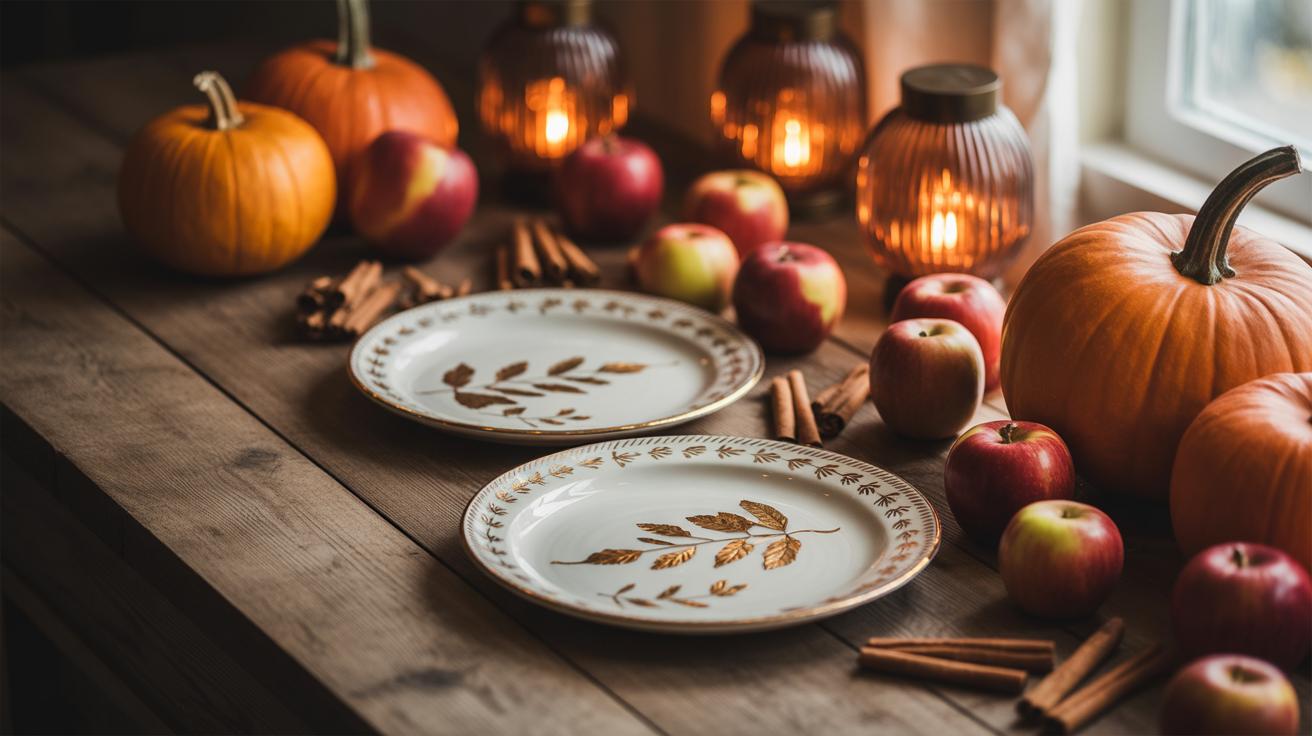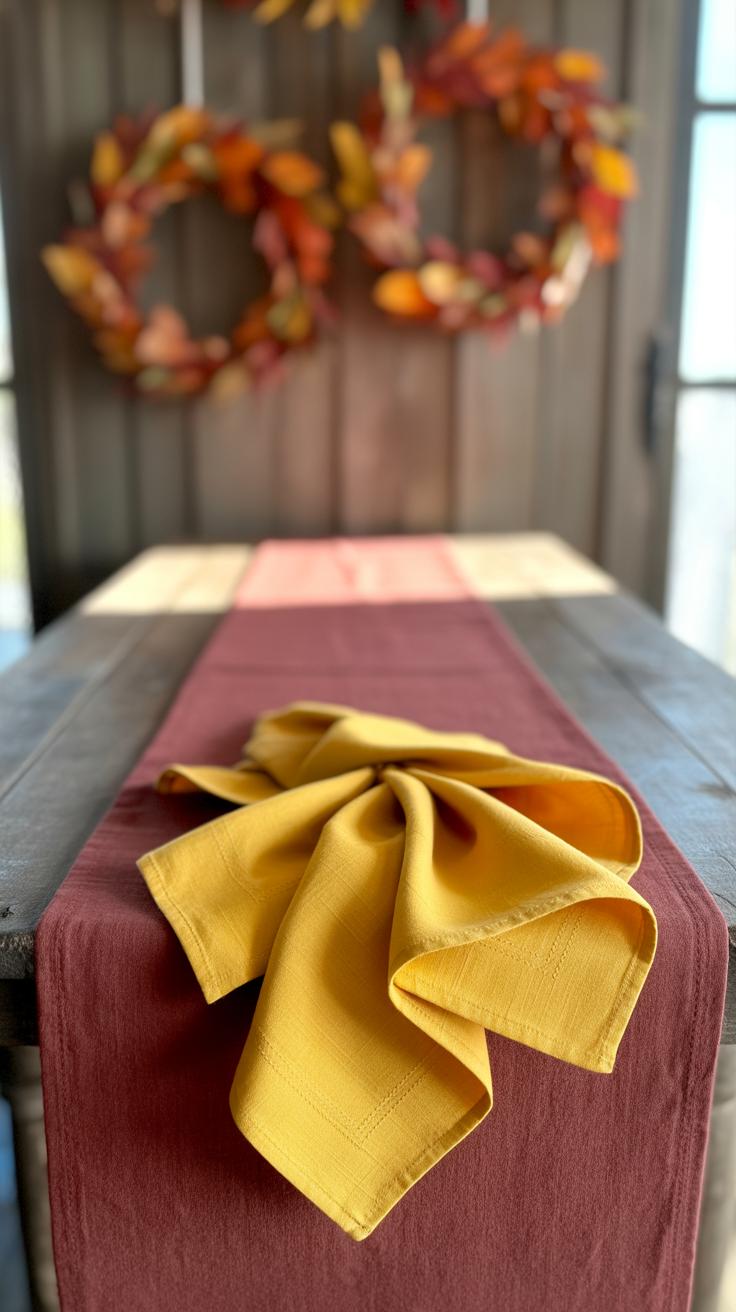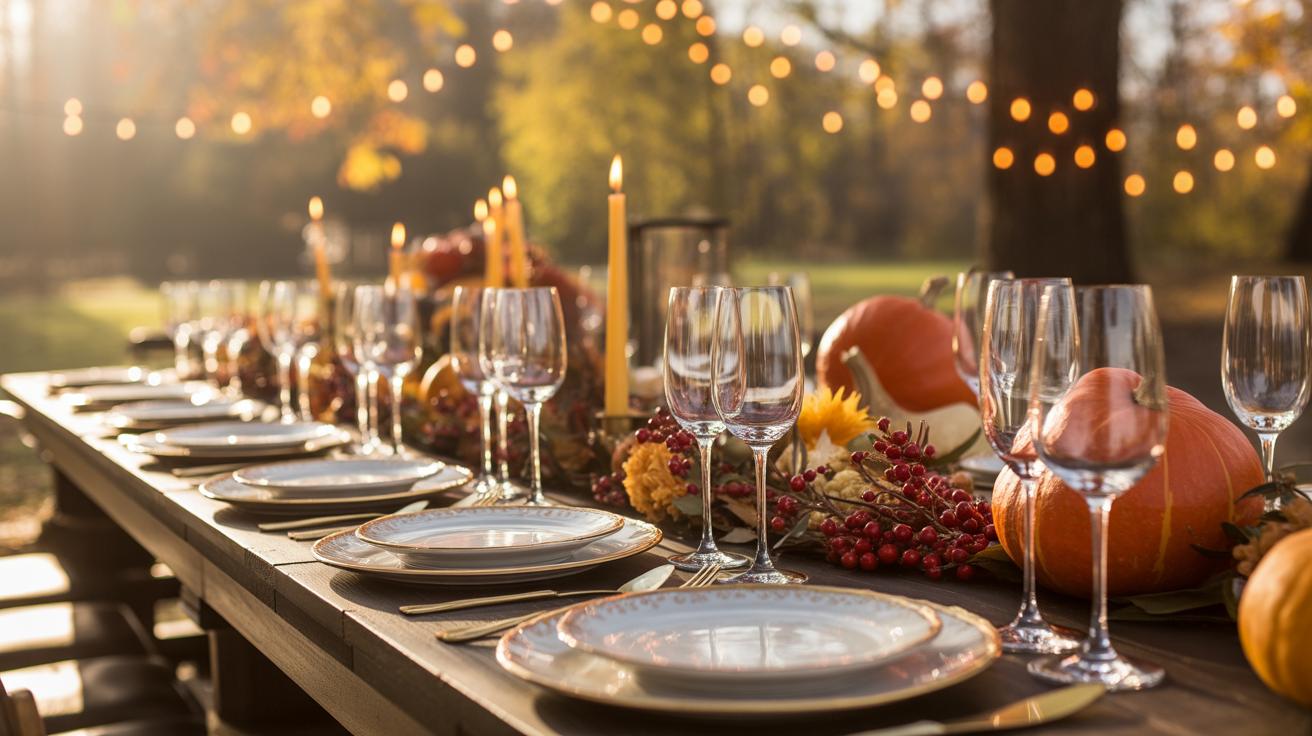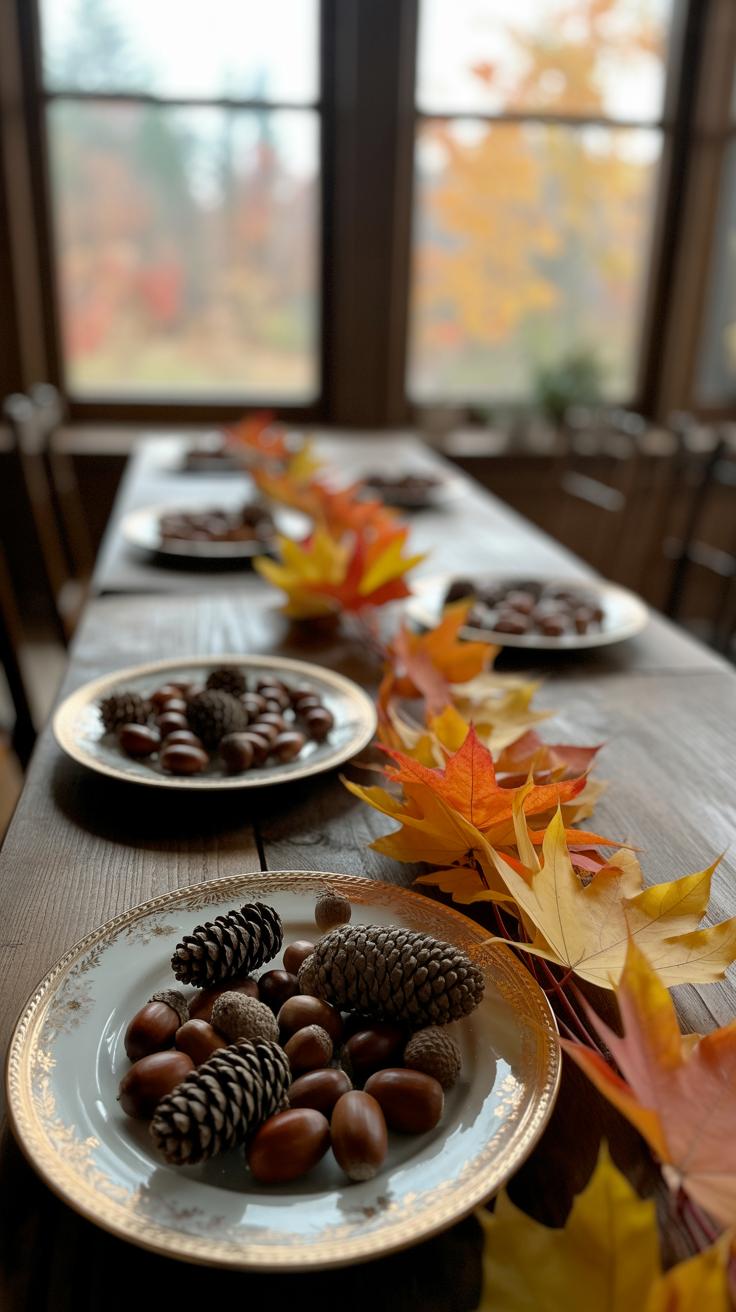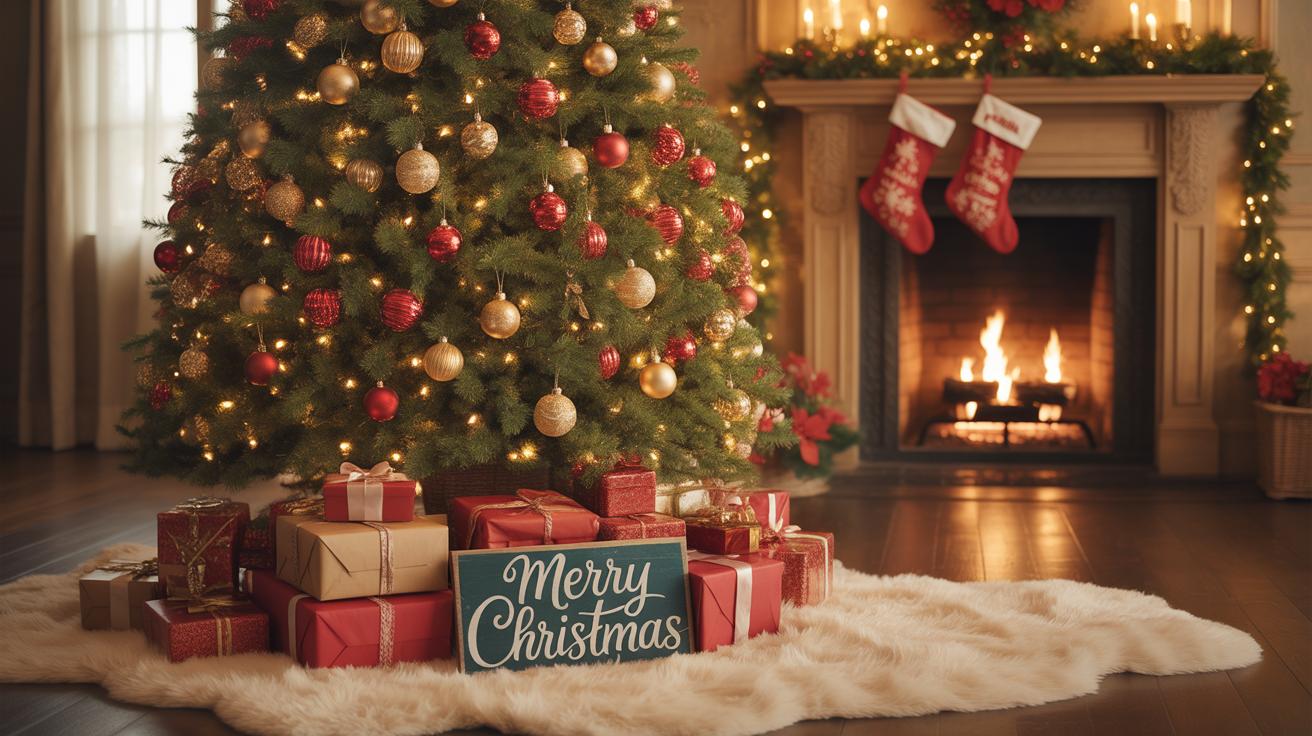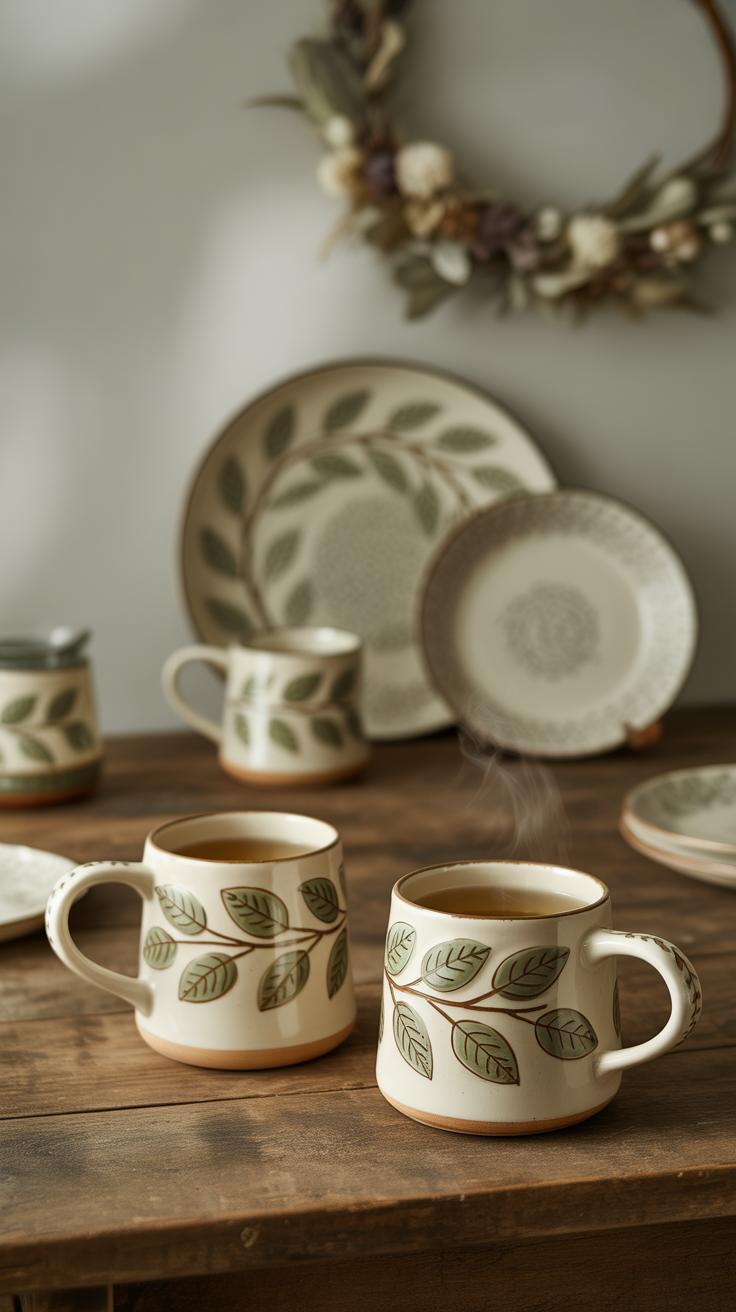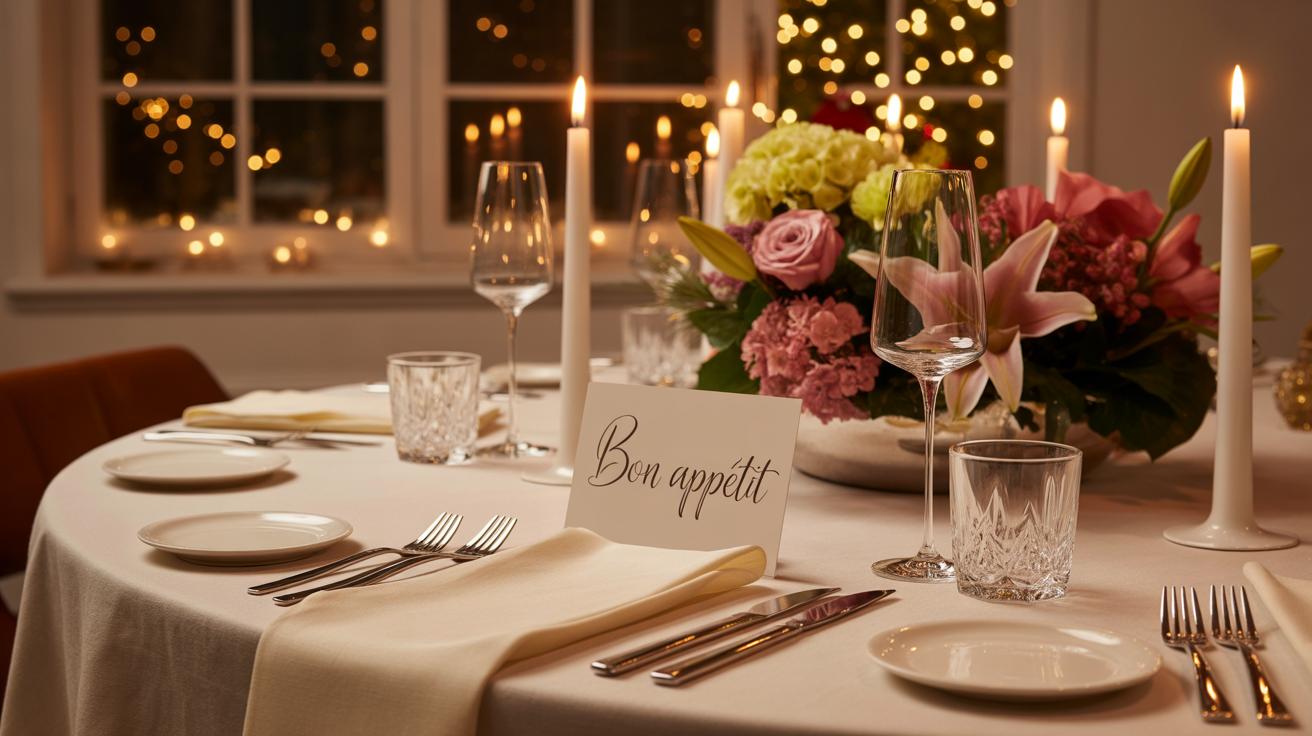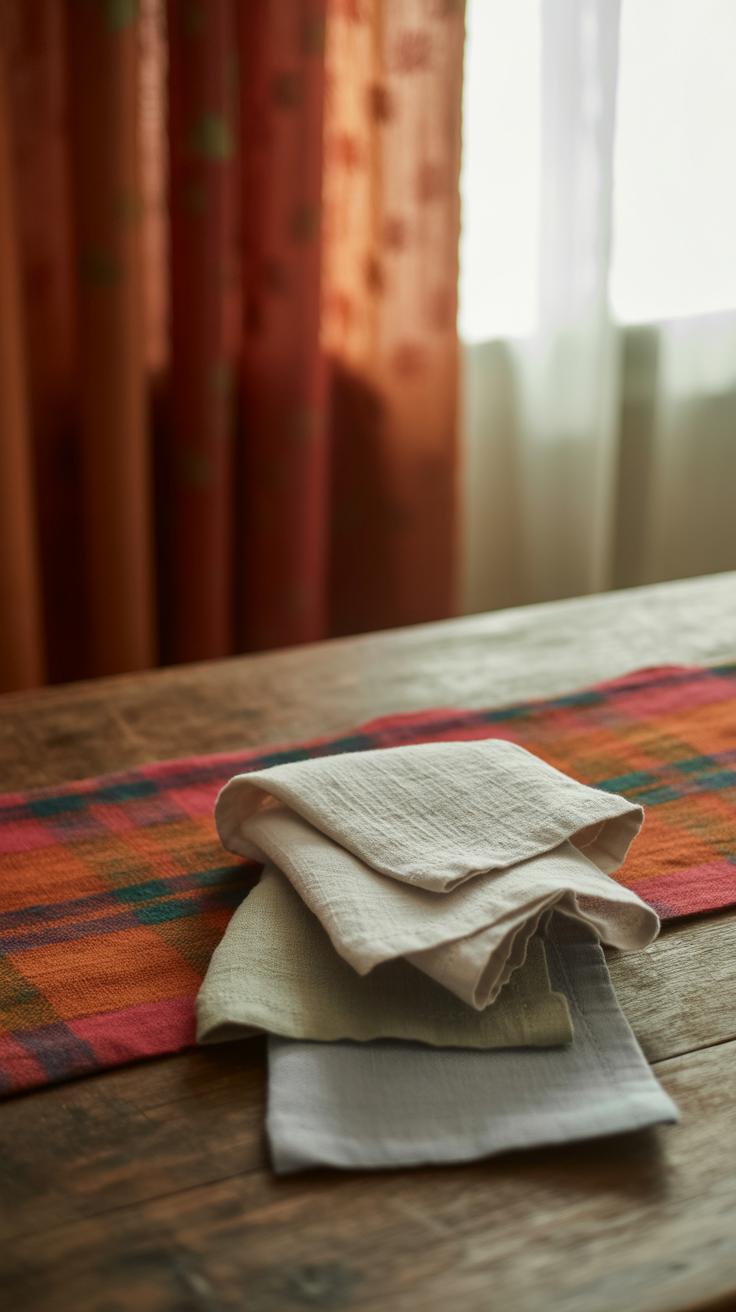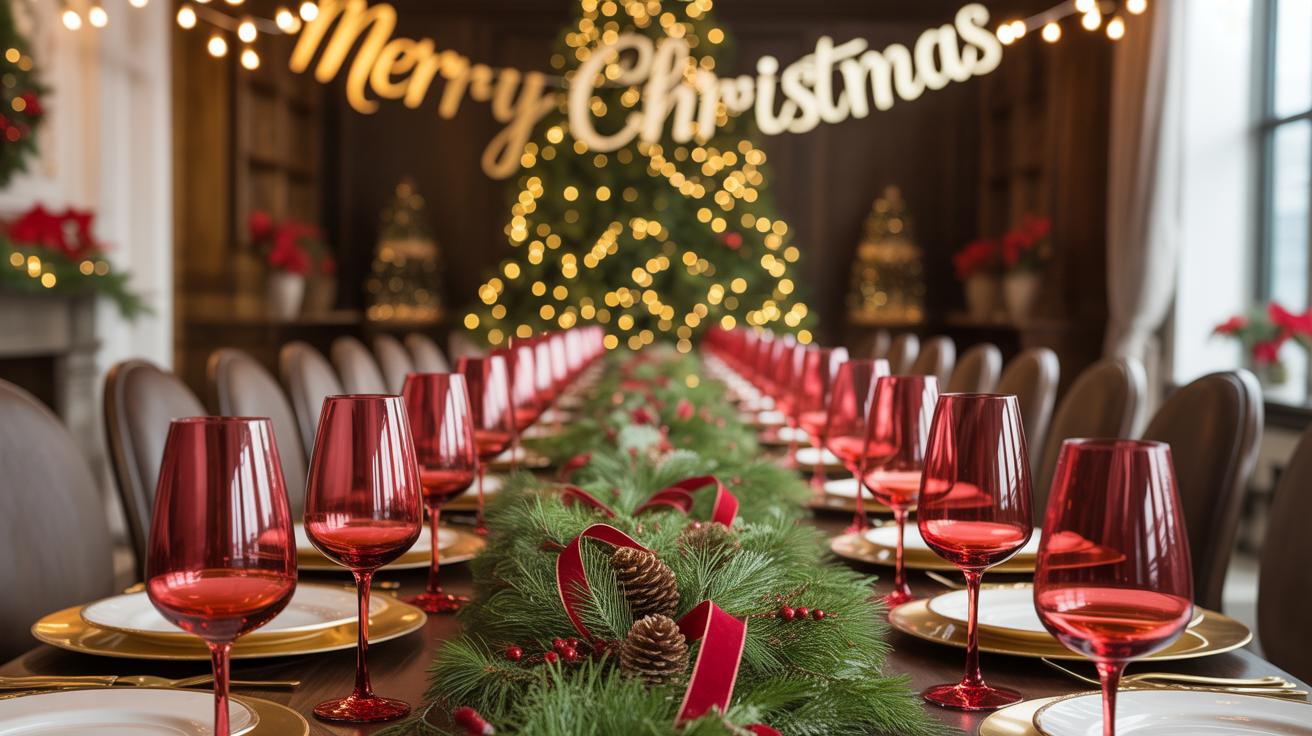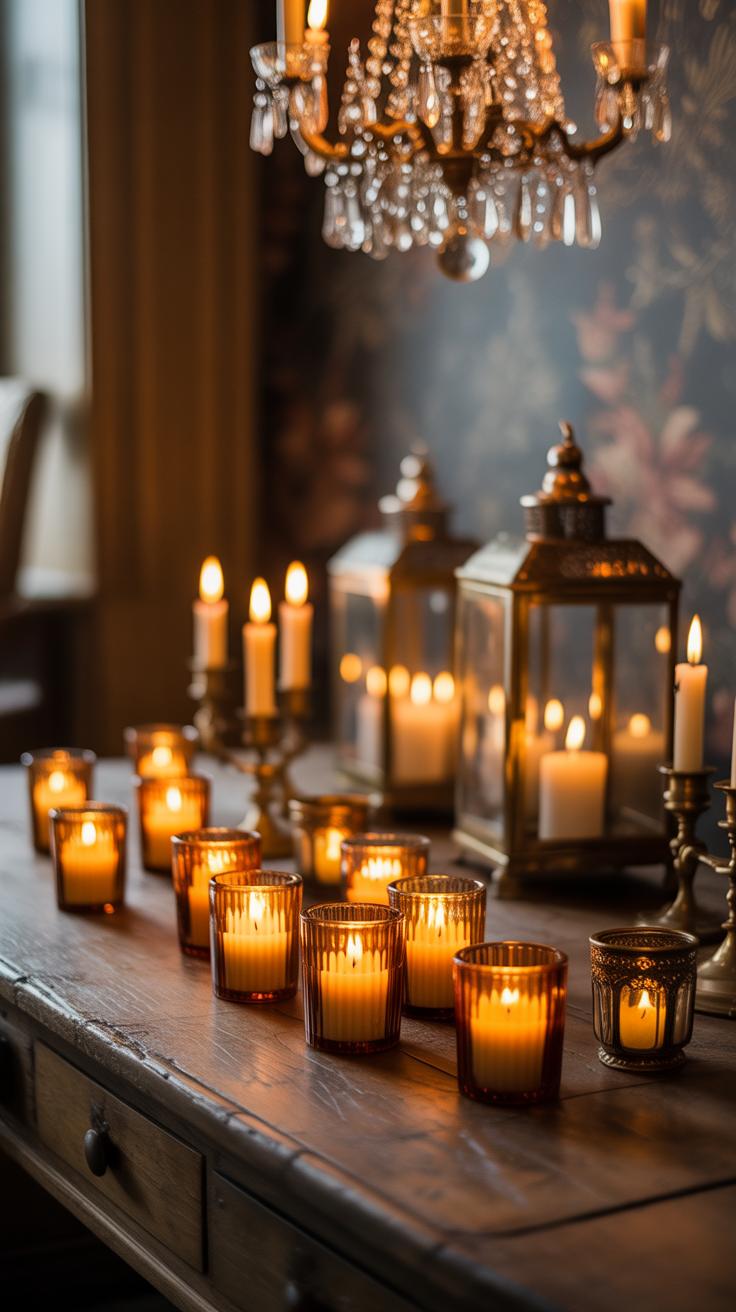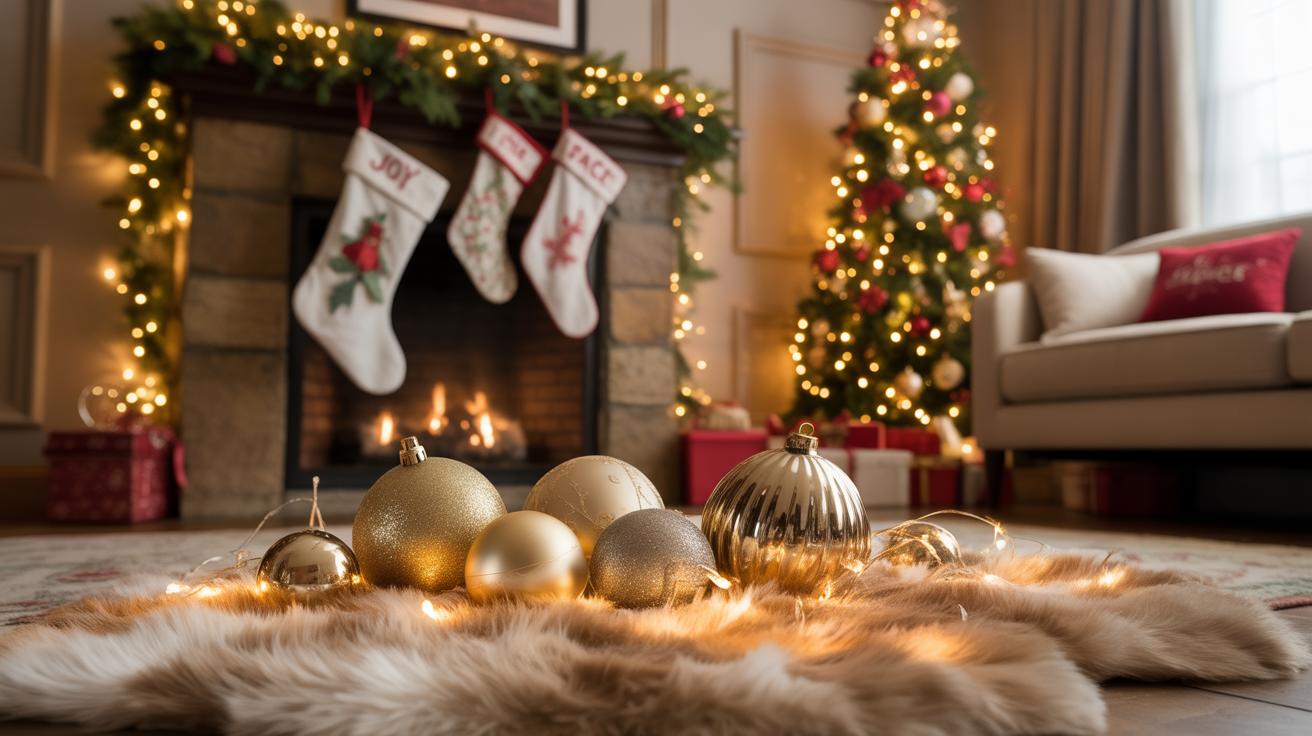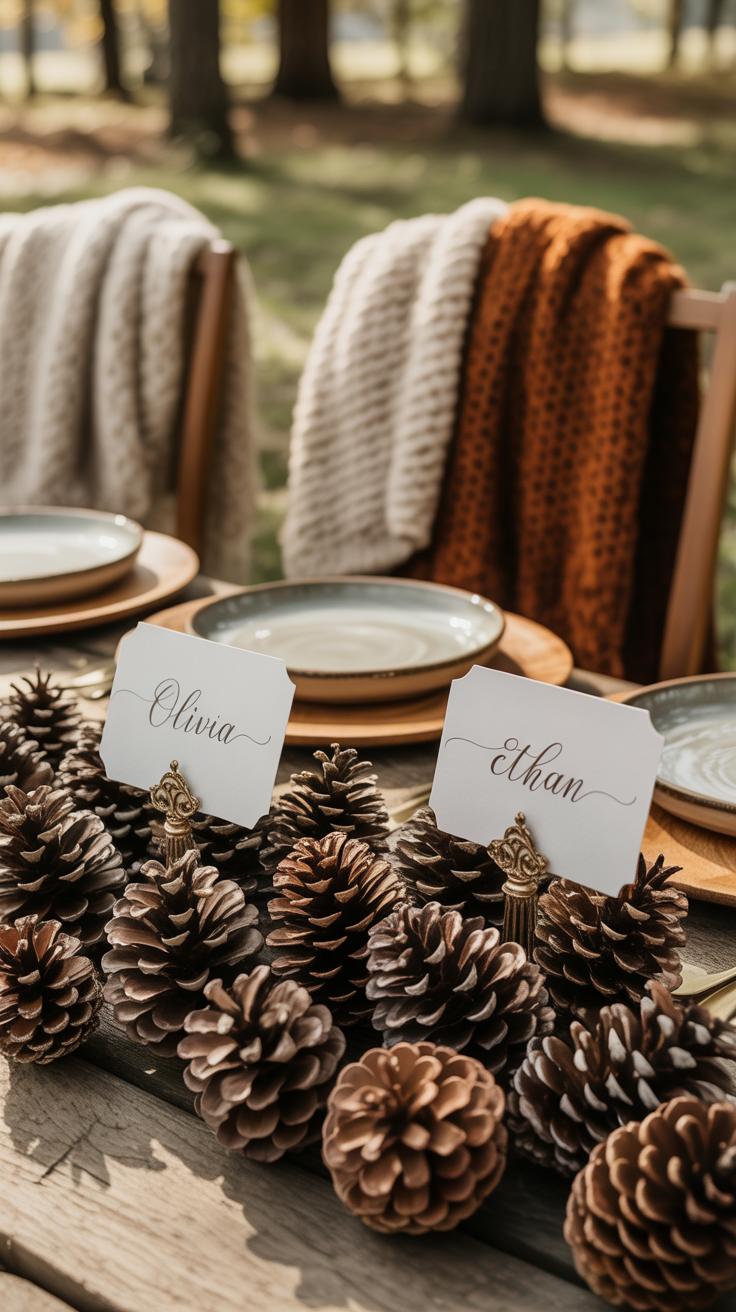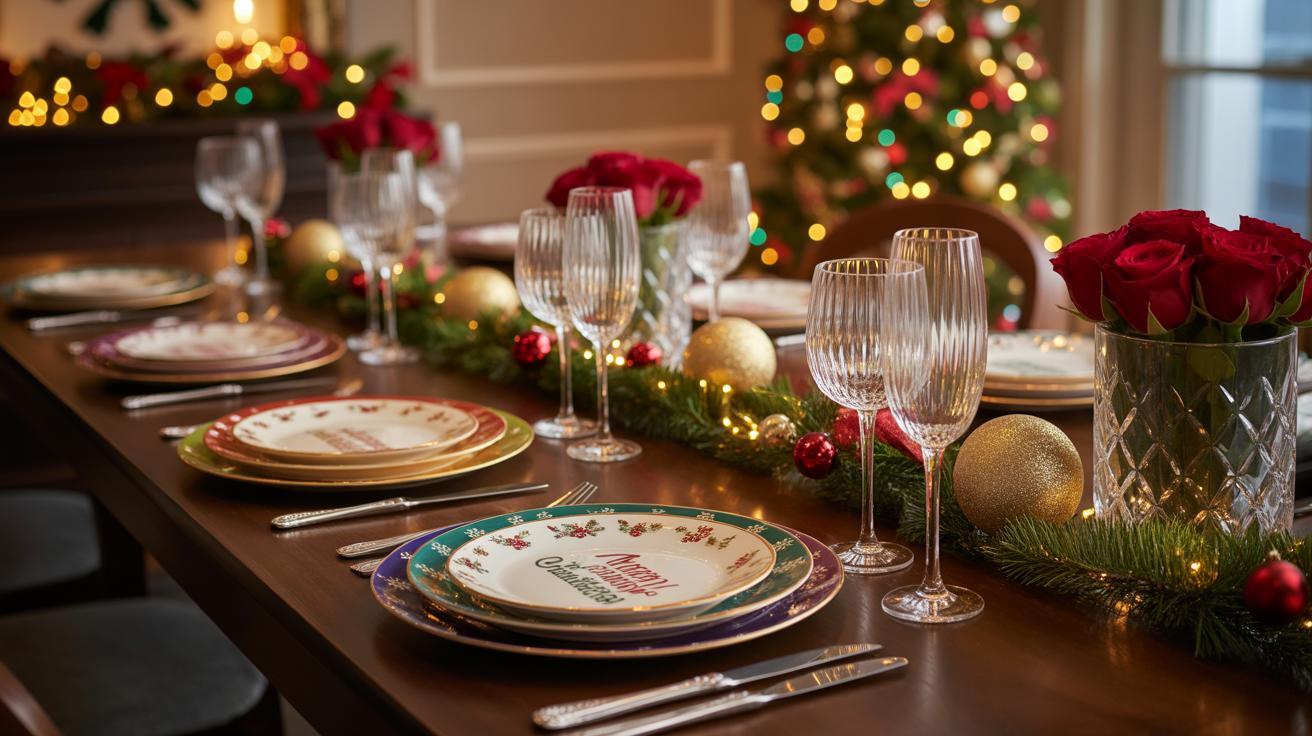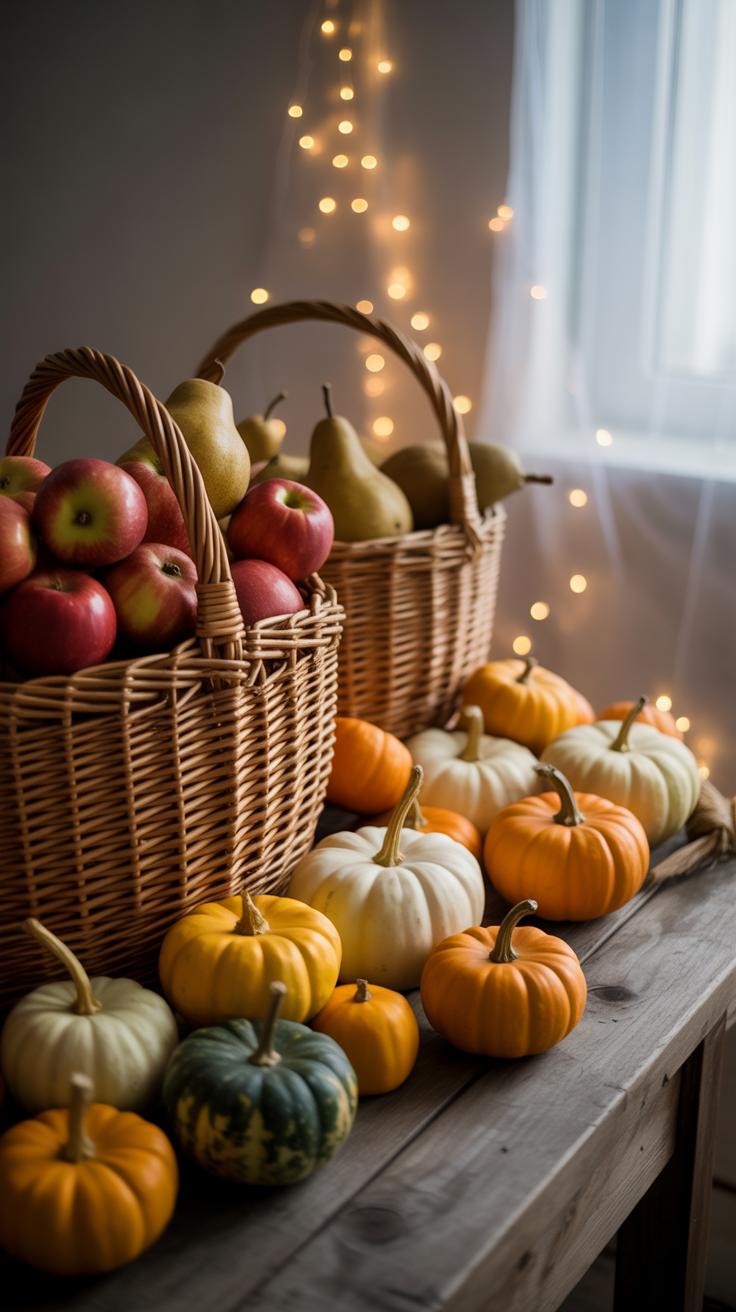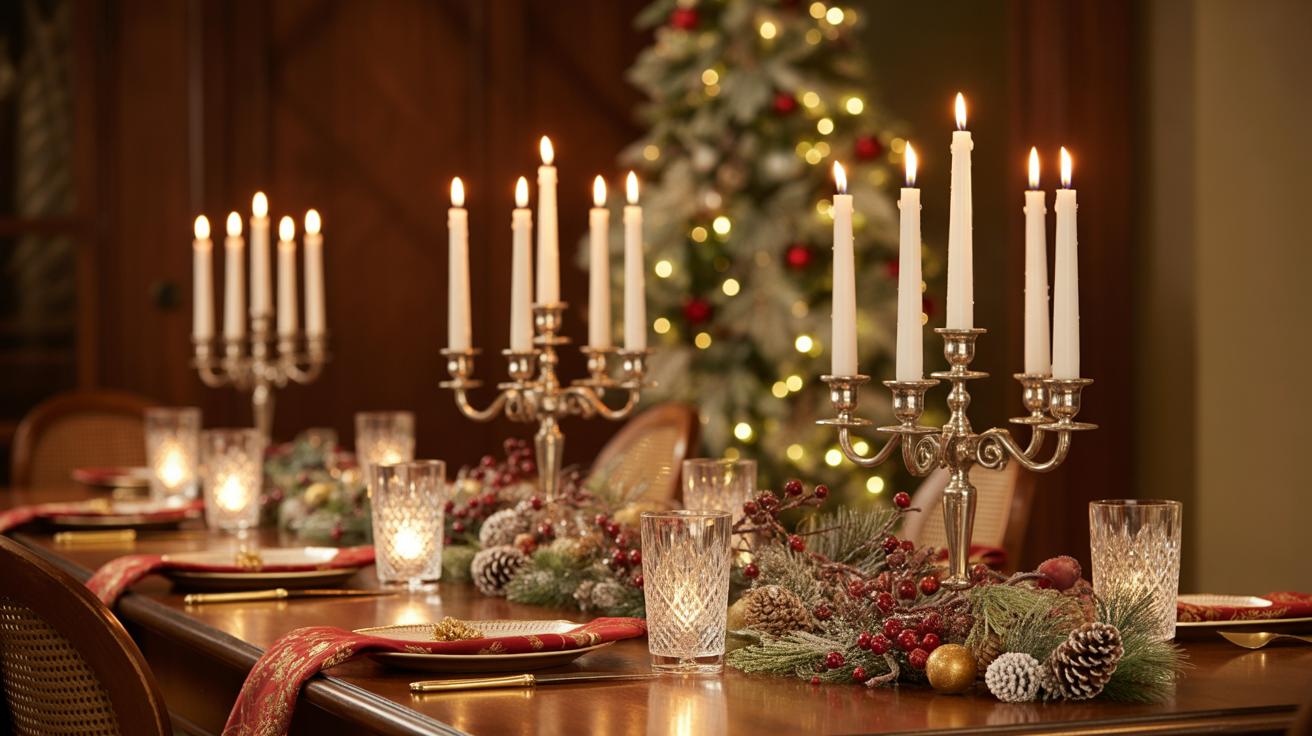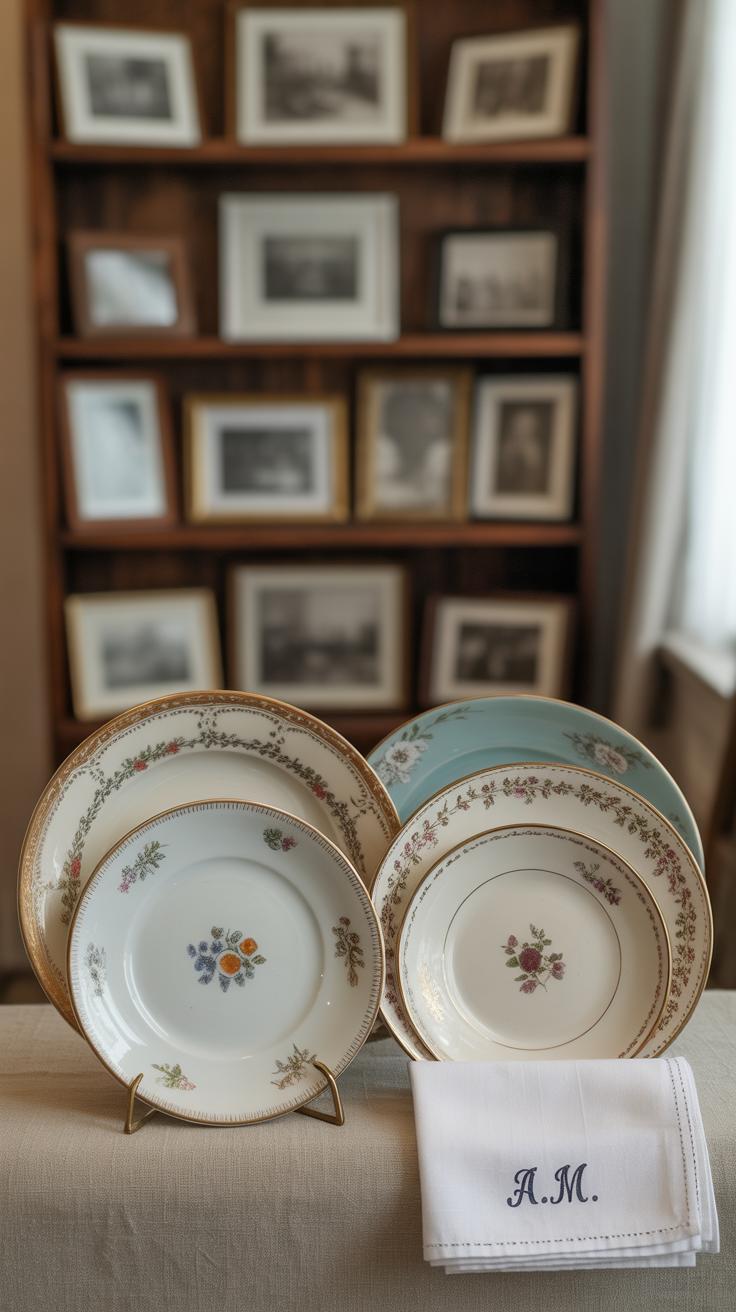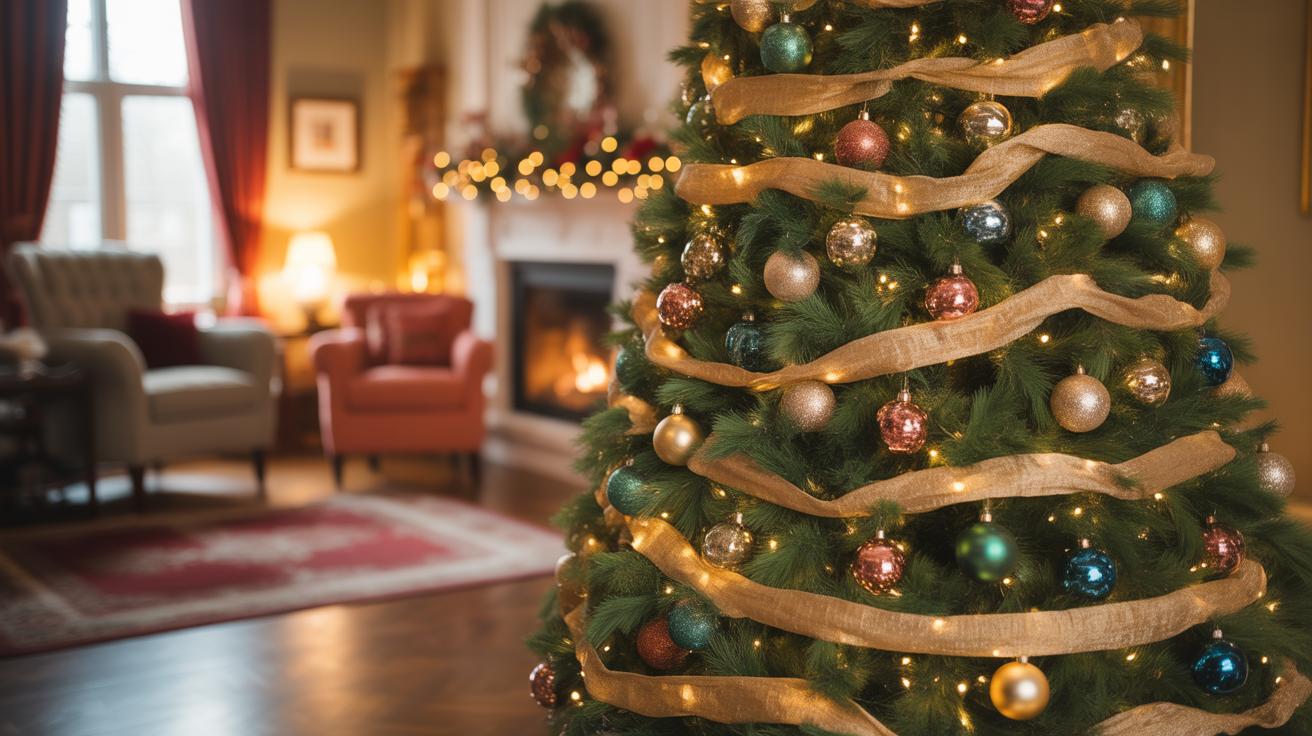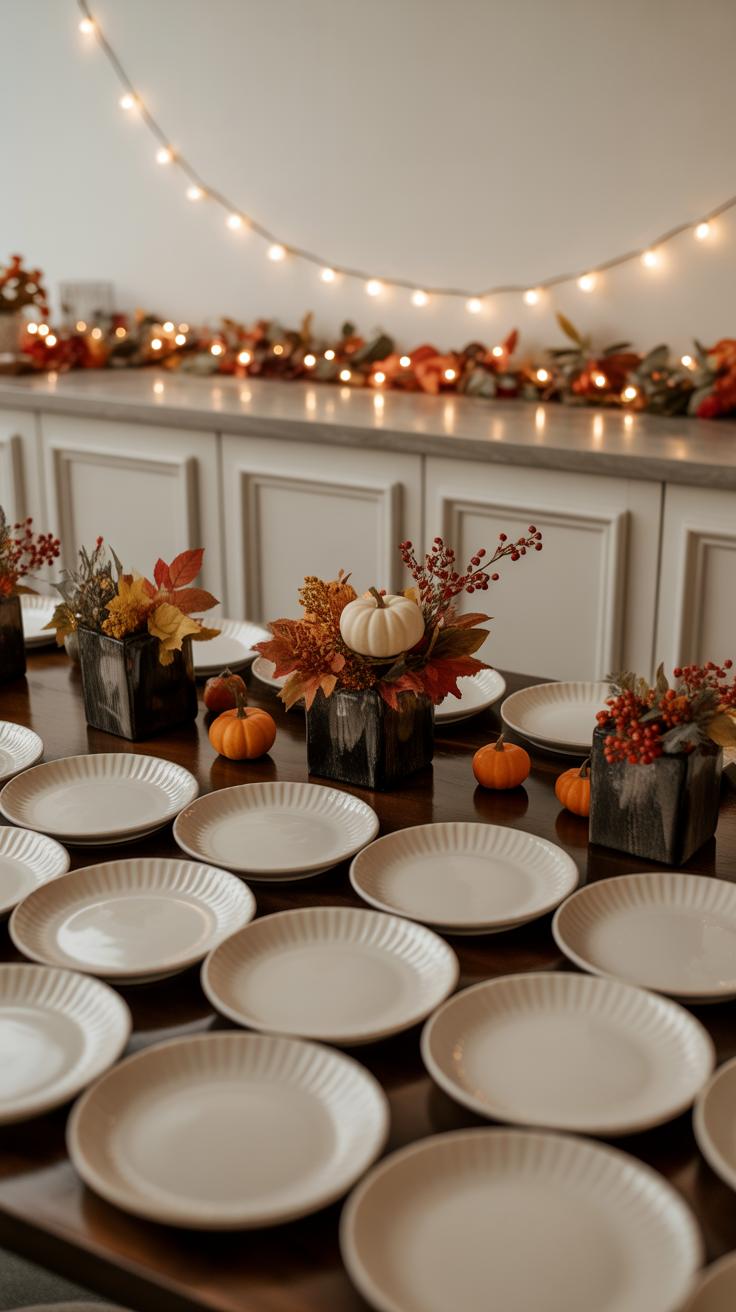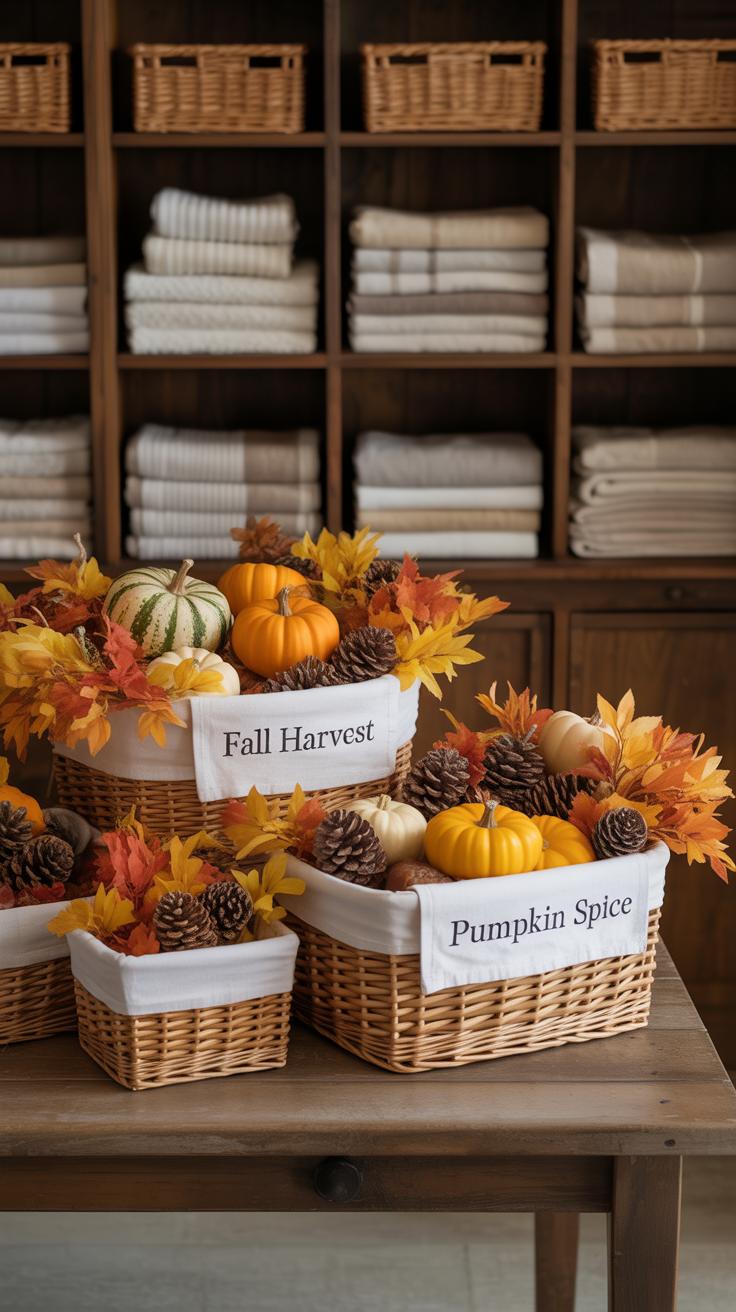Introduction
As the leaves turn and the air cools, creating a cozy atmosphere is important for your seasonal gatherings. Fall table settings provide the perfect opportunity to bring warmth and beauty to your dining experience. This article explores practical ideas and tips to inspire your fall table decor, making your dinners and celebrations feel extra special.
You will learn how to incorporate autumn colors, choose the right decorations, and create a welcoming environment for your guests. These ideas are easy to follow and adapt to any style. Let’s dive into the ways you can set a table that reflects the charm of fall.
Choosing the Right Color Palette for Fall
When setting a fall table, the colors you choose can really shape the mood. Warm tones—like burnt orange, deep reds, golden yellows, and rich browns—bring that unmistakable cozy feel we often associate with the season. Think about using napkins in a warm rust shade or a tablecloth in a deep cranberry. These colors invite people to settle in, creating a sense of comfort that’s not too formal but still special.
Balancing those bright, warm tones with neutral colors helps avoid overwhelming the senses. Soft creams, beige, or even a gentle taupe on table runners or plates can give your eye a place to rest. This balance keeps the table from feeling too cluttered or chaotic. I’ve noticed that a single cream-colored charger or a linen runner can subtly pull everything together, no matter how bold the other colors are.
Here are a few ideas that might help:
- Use napkins in burnt orange paired with cream-colored plates to soften the intensity.
- Select a deep red centerpiece and surround it with beige or soft brown placemats.
- Try mixing a golden yellow tablecloth with soft neutral-toned flatware or glassware to maintain harmony.
You may wonder if the table needs a more dramatic look or something simple. The thing is, it’s okay if your colors don’t match perfectly. Sometimes subtle conflicts in tones create a more natural and inviting feel—almost like a lived-in warmth rather than a staged one.
Incorporating Natural Elements
Using natural items like pumpkins, pinecones, leaves, and acorns adds an authentic touch to your fall table setting. These elements bring in texture and color that synthetic decorations often miss. You might find that the imperfect shapes and varied hues feel more genuine, almost grounding the whole atmosphere.
Pumpkins and Gourds as Centerpieces
Arranging pumpkins and gourds is pretty straightforward but leaves room for creativity. Try mixing different sizes and colors—say, a large pale pumpkin with smaller, deep orange gourds—and scatter them along the table or cluster them in a low bowl. The variety keeps your centerpiece from looking too uniform, which can feel a bit stiff.
Think about adding a candle or two nearby, or weaving in some freshly cut branches to give height without overcrowding. Sometimes, less is more here. You don’t want your centerpiece to block conversations, right? And while white pumpkins are a popular choice, those odd-shaped gourds can surprise you with color that still fits the fall mood.
Using Leaves and Pinecones Effectively
Leaves and pinecones can be used so many ways. Scatter dried leaves across the table runner or make small bundles tied with twine as place markers. Pinecones work well tucked into napkin rings or even as simple accents around candles.
Collect these items when they’re dry to avoid frustrating messes. If you want to preserve leaves, pressing them between heavy books or a warm iron with a protective sheet can help keep colors bright longer. For pinecones, a quick oven bake at low heat can discourage pests and make them easier to clean.
Just be careful about any sap or dirt that might come along. A light brush or wipe before adding them to your table can save unwanted smudges. Using these natural touches can make your fall setting feel cozy, real… like you’re inviting autumn itself to dinner.
Selecting FallInspired Tableware
When choosing tableware for a fall setting, the right pieces can really shape the mood of your entire table. I find that pottery, especially handmade or slightly imperfect pieces, brings a warmth that feels especially fitting for the season. Those earthy tones, muted browns, deep oranges, and soft greens seem to invite conversation and comfort without much effort.
Rustic styles have their own charm. Think of dishes and bowls made from clay or stoneware with natural textures. Their rough edges and matte finishes add character that’s just hard to replicate with more polished, modern dinnerware. They give the table a grounded feeling—like it belongs to the earth, if that makes sense.
Plates with subtle fall motifs—maybe a delicate leaf pattern or faint acorn designs—can be delightful but don’t overpower everything else. It’s easy to go overboard with bold prints; sometimes, a simple texture, like a gentle ribbing or a slight speckle, captures the essence of fall without screaming it. I often find myself leaning toward those quieter patterns because they let the food and surrounding decor shine without distraction.
How much should your tableware stand out? That’s something I sometimes debate. Too plain can feel cold, but too busy might feel cluttered. Choosing pieces that feel like they belong together, even if they aren’t perfectly matched, often works better than a perfectly coordinated set. After all, fall is about bringing things together—often imperfectly—to create a cozy atmosphere.
Using Fabric and Textiles for Comfort
Layering Table Linens
Using fabric in your fall table setting can change the whole mood of your gathering. Layering different linens is a simple way to add depth and tactile interest to the table. For example, placing a burlap runner over a solid-colored cotton or linen tablecloth gives you a mix of rough and smooth textures that create warmth. You might pair a deep rust-colored cloth with a natural burlap runner to keep things earthy but not dull. It’s not just about color contrast—the feel of each fabric contributes to comfort. Sometimes, I like to fold a lightweight patterned fabric under a thicker one, just to peek a bit of print or color along the edges. These little details can surprise guests and make the setting feel more curated, not forced.
Napkin Folding and Placement
Napkins can be more than just functional. How you fold and place them adds interest and even a touch of personality. Simple folds—like a triangle or a square pocket—work best if you want to keep things easy. Wrapping a napkin with natural twine or thin leather cord brings a rustic hint without much fuss. Sometimes, I tuck a small dried leaf, a cinnamon stick, or a sprig of rosemary inside the twine. It feels subtle but special—like the table is quietly celebrating the season. You could also try rolling napkins and standing them upright in glasses for a casual look. The key is to keep these accents intentional yet relaxed enough that guests don’t feel overwhelmed by formality.
Adding Candles and Lighting
Lighting changes everything on a fall table. The soft flicker from candles can turn a simple meal into a cozy experience. It draws people in, inviting a slower pace, like the world outside is a bit quieter. You might think that any candle would do, but the ones you pick really set the tone.
Choosing the Right Candles
Pillar candles work well because they last longer and provide a steady flame. Tea lights are smaller but flexible; you can cluster them or scatter them for a casual look. When it comes to scents, think about warm spices—cinnamon, clove, maybe pumpkin. But keep it subtle; you don’t want the smell to overpower the food. Sometimes unscented candles are best, especially if your gathering includes sensitive noses.
Safe Candle Arrangements
Candles need breathing room. Crowding them with leaves or pinecones might look nice but can be risky. Place them on sturdy holders or trays to avoid spills. Grouping candles in varying heights can highlight a centerpiece or line a table runner, but make sure flames won’t catch fabric or decorations. If you have kids or pets around, think about LED alternatives. The warm glow is important, but peace of mind comes first. Does your table feel inviting when lit or just a bit tense? It’s a fine line sometimes.
Creative Place Cards and Seating
DIY Place Cards Using Autumn Leaves
You can make simple, charming place cards with real or faux autumn leaves. Start by picking leaves that are flat and sturdy enough to hold the writing without curling or tearing. If you’re using real leaves, a little pressing in a heavy book beforehand helps. Then, use a fine-tip marker or paint pen to write guest names directly on the leaves.
The texture of the leaf may cause some uneven lines, but that adds to the handcrafted feel. You might want to write on the underside of the leaf if you prefer a subtler look. Arrange each leaf on the plate or tuck it slightly under the napkin. Sometimes, layering a small branch of cinnamon or a tiny pinecone beneath the leaf works well to keep it from sliding.
This DIY project feels personal without much fuss. It also invites your guests to appreciate the natural beauty of fall up close. And, yes, the occasional crinkle or leaf edge fading is almost inevitable but somehow makes it warmer, not less perfect.
Seating Arrangements for Cozy Gatherings
Fall dinners call for arrangements that feel close and easy. Think about clustering chairs so people face one another; this encourages conversation beyond the usual “pass the salt” exchanges. If space allows, try a U-shaped or circular setup instead of a long narrow table. It’s surprising how much difference this makes.
A casual shift like placing two smaller tables together can invite mixed seating and more lively chats. You might even mix chairs and benches to add a relaxed vibe. Soft cushions or throws on seats add comfort and hint at the crisp seasonal air, making guests linger a little longer.
Consider how many people you want within easy reach of each other. Sometimes less is more, and cutting down the number of seats can create intimacy. The goal: a setting where no one feels far off or stuck at the end of a long table. A cozy arrangement makes the meal feel like a shared moment, not just a routine dinner.
Incorporating Seasonal Foods in Table Decor
Using Fruits and Vegetables as Decor
There’s something simple and genuine about placing apples, squash, and nuts right on the table. They bring a raw, natural vibe that no artificial item can quite match. I’ve noticed how a mix of colors—from deep reds to soft yellows and greens—breaks up the monotony of plates and napkins. Imagine small clusters of mini pumpkins nestled with artfully arranged pears or a rustic bowl filled with chestnuts and walnuts.
Try stacking gourds of different sizes as a centerpiece or scatter bright crab apples along the table runner. These aren’t just colors; they add texture, almost asking to be touched or picked up. What’s neat is how these items carry their own stories—maybe a freshly baked pie later, or a simple snack during conversations.
Edible Table Accents Guests Will Enjoy
Small bowls of nuts or little dishes of spiced candies invite guests to nibble without interrupting the flow of the meal. If you want to keep it neat, glass containers work well and still allow the beauty of the contents to shine through. Sometimes, I set out cinnamon sticks or dried orange slices beside these bowls—not only do they look pleasant, but they also add subtle aromas to the air.
One idea I find handy is repurposing tiny jars or ramekins for edible treats—easy to pass around or grab between courses. Just remember to keep it tidy so the table doesn’t feel cluttered. Wonder if you could turn those edible accents into little gifts to take home? That’s always a charming thought.
Personalizing Your Fall Table Settings
When it comes to making your fall table truly yours, little details often carry the most meaning. Using family heirlooms, for example, can transform your setting from ordinary to something layered with stories. Maybe you have a set of antique silverware passed down through generations or a worn ceramic pitcher from your grandmother. Mixing those with fresh autumn leaves or modern linens creates an interesting tension between past and present.
Colors matter too. Don’t shy away from weaving in your favorite tones—even if they don’t scream “traditional fall.” Deep blues, soft grays, or even unexpected pops of pink can add warmth and personality without feeling forced.
You can also add charm with handmade touches. Simple crafts like painting small pumpkins with patterns or names, or weaving coasters from twine or fabric scraps, give your table a unique edge. These don’t need to be perfect; I think the slight imperfections often make them more memorable. And, of course, involving family or friends in making these adds to the fun and connection around the table.
What heirlooms or personal items do you find yourself drawn to? How might they shift the look of your fall gatherings this year? Sometimes blending old treasures with new elements creates the most inviting and personal settings—even if it feels a little unpredictable.
Setting the Table for Different Fall Occasions
Adapting your fall table settings depends a lot on the occasion at hand. Casual dinners at home call for something easy, yet thoughtful—it doesn’t need to be fancy, but it should feel warm. Think simple placemats or cloth napkins in muted fall tones, paired with everyday dishes that are familiar and comfortable. A small arrangement of seasonal leaves or a single pumpkin can add a touch of charm without fussing over the details.
For Thanksgiving or other special holidays, layering becomes more inviting. You might choose your finer plates, mixing textures and a bit of color to bring that celebratory feeling to the table. Candles and deeper-hued centerpieces naturally draw eyes and set the mood. Don’t be afraid to mix rustic with refined—an elegant crystal glass next to a burlap runner can feel surprisingly balanced.
Formal parties lean toward a more polished look. Here, using polished silverware, coordinated china, and cloth napkins with napkin rings can elevate the setting. You might want to play with height by adding tiered stands or taller floral arrangements. Still, there’s space for creativity—think of subtle fall motifs on the china or golden accents reflecting candlelight. The trick is to plan the layers and colors carefully so the table feels inviting, not overwhelming.
Casual and Everyday Fall Settings
Keeping it simple for daily meals doesn’t mean settling for boring. If you’re like me, busy evenings demand practicality—so here are a few easy ideas:
- Use warm-toned placemats or chargers to instantly bring a seasonal vibe.
- Swap out regular napkins for ones with gentle patterns, like leaves or plaid.
- A small vase with gathered twigs or freshly fallen leaves from your yard—nothing requires a fancy flower arrangement.
- Stick to your everyday dinnerware; no need to pull out the china unless it really feels right.
- Consider reusable cloth napkins over paper—they save waste and offer a softer feel, which somehow makes the meal feel different.
Even these small swaps remind you—and anyone at the table—that fall is here, without adding stress to setting up.
Formal and Holiday Table Settings
Special events create the perfect opportunity to bring out your best. Layered settings work well to make the table a focal point:
- Start with a neutral tablecloth or runner, then build layers with placemats and chargers in complementary fall shades.
- Choose fine china pieces that suit the season—maybe ones featuring subtle autumn motifs or classic white with gold rims.
- Fold cloth napkins elegantly, secured with decorative rings, or tie them with thin twine and a sprig of rosemary or cinnamon stick for a rustic touch.
- Arrange taller candles or candelabras to add height and warmth; flickering flames make everything feel more intimate.
- Incorporate natural elements such as acorns, mini pumpkins, or cranberries—placed carefully so they feel deliberate, not cluttered.
- Don’t skip on glassware—crystal or colored glasses lend a festive touch.
This kind of setup asks you to slow down a bit, to think through each piece and how it works together, adding a richness that casual settings simply don’t require. It may take more prep, but the payoff is undeniable.
Maintaining and Storing Fall Table Decorations
After the fall celebrations end, what do you actually do with all those decorations? Storing fall table decor can feel like a bit of a chore, but with some thought, it’s not too tricky. Fragile items like candles or delicate pumpkin ornaments need extra care. Wrap candles in tissue paper or place them in small boxes to avoid scratches or melting if they sat near heat. For real mini pumpkins or gourds, storing is a bit more complicated since they don’t always last. If you want to keep some, consider drying them or turning to faux versions that can be reused year after year.
Keeping fabrics in good shape often gets overlooked. Napkins or table runners can pick up odors or stains, so washing them promptly on a gentle cycle makes a difference. Store them folded neatly inside breathable cotton bags or old pillowcases instead of plastic bins, which might trap moisture and lead to mildew. It’s odd, but sometimes avoiding the temptation to cram everything away hastily does really help preserve things better.
Cleaning reusable decor usually just means a soft wipe-down with a damp cloth. Leaves, pinecones, or wood pieces can get dusty, and a quick brush or cloth cleans them without fuss. For more stubborn grime, a mild soap solution usually works fine—but don’t soak them. You may wonder if it’s worth the effort when you could just pick up new pieces next year, but a little upkeep saves you time and money, and often, a decoration with some history feels nicer at the table anyway.
Conclusions
Fall table settings offer many ways to make your gatherings memorable and comfortable. By using natural elements and thoughtful design, you can create a lovely setting that your guests will enjoy. Remember, simple touches can make a big difference in setting the mood for the season.
Try mixing colors, textures, and decorations that celebrate fall’s beauty. Your table will not only look inviting but also bring a sense of warmth and joy to your seasonal meals. Use the ideas here to inspire your next fall gathering and make it extra special.

